Clinical concepts for the treatment of gingival recessions and treatment of soft tissue defects around dental implants
Predictable coverage of multiple adjacent recessions and of single mandibular deep recessions is still a challenge for the clinician. New data indicate that the use of the modified coronally advanced tunnel (MCAT) or the newly developed laterally closed tunnel (LCT) in conjunction with biologic factors such as enamel matrix proteins, connective tissue grafts, certain collagen based soft tissue grafts or combinations thereof may result in predictable coverage of single and multiple adjacent gingival recessions providing also long-term stability. Moreover, in certain, well-selected cases this technique can also be successfully applied to correct soft tissue defects around dental implants. The present lecture will provide a comprehensive treatment philosophy on the surgical risk factors and biologic principles that need to be considered to optimize the results. Presentations of clinical cases and of surgical videos will demonstrate the step-by- step procedure for the MCAT and LCT in the treatment of various types of soft tissue defects around teeth and dental implants. Long-term results with a follow-up of up to 8 years support the clinical relevance of these techniques.
Learning Objectives:
• Etiology of recession defects around natural teeth and dental implants
• Classification of recession defects
• Clinical concept for treatment of single and multiple gingival recessions
- The Modified Coronally Advanced Tunnel (MCAT)
- The Laterally Closed Tunnel (LCT)
- The Combined MCAT + LCT
• Soft tissue grafting to obtain attached mucosa around dental implants
• Soft tissue grafting and recession coverage at dental implants: possibilities and limits
• Use of soft tissue replacement grafts: possibilities and limits
• Post-operative protocol following reconstructive periodontal surgery
Language: English
CE credits: 0
Start date: 10-06-2024
Expiration date: 10-06-2027
* The products referred to in this webinar may not be available in all countries and IFU’s may vary from country / region to country / region. For more information please contact your local Straumann entity or distributor.
** The webinar is being recorded. In case you are experiencing issues with the live webinar, due to high traffic, you will be able to enjoy the recorded lecture the following day.
More webinars by Straumann
 English
English German
German French
French Italian
Italian Spanish
Spanish












